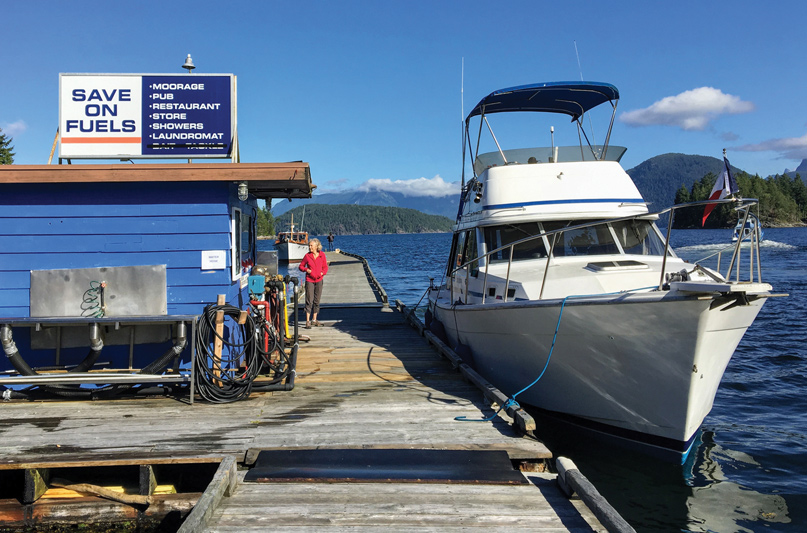I recently heard from a reader asking about fuel: With the price of fuel as low as it is, is now a good time to fill up the tanks?
As with all the best questions and answers in life, it depends. The general principles are similar, but gasoline and diesel act differently and lose their potency at different rates when stored. Every expert I spoke to, agreed on two major points that are true of either diesel or gasoline: 1) It’s always best to leave a tank full, and 2) if you’re going to leave a tank of fuel dormant, put some stabilizer or preservative in it.
With gasoline, the general sense from the refiners and petroleum companies is that gasoline starts losing its effectiveness after about 90 days. That doesn’t mean it won’t work; it just won’t burn as well. In part, it depends on if you’re using gasoline with ethanol in it. Ethanol absorbs moisture and can turn into a jelly that will ruin the fuel system.
With diesel, you have a little more time. Gasoline can go 3-6 months before problems start, diesel can last 6-12 months before losing effectiveness. With both gasoline and diesel, it can come down to how the fuel is stored that will make the biggest difference.
In the best case scenario, the fuel is stored in an airtight container, at cool temperatures. On a boat with a fixed tank, that’s not possible. There is a vent line and a lot less control over the ambient temperature. If you top off your tanks now, the question is: Are you going to use it in a timely manner? If you fill up your tank with the general sense that you’ll burn through it before the end of summer, then do it. But if you’re filling your tank now just because fuel is cheap, you may want to think harder about it.

First, you’ll want to get a good fuel stabilizer like Sta-Bil, one of the more common fuel stabilizers, that has a different additive for storing the fuel versus treating it. You’ll want to make sure the tank is full for the logical reason that a full tank leaves less room for condensation, which ultimately leads to less water in the fuel. If you’re going to fill the tank, but may not use the fuel as fast as you had hoped, then make sure you have a good fuel filter like Racor, one of the more common ones with the required water separator.
Lastly, look at the difference between cheap gasoline at $2.50 a gallon versus gasoline at $3.50 a gallon. With a 500-gallon tank, you’re going to save $500. Not a trivial amount, but at what cost? If you don’t use the fuel and it starts to go bad, you’ve got to figure out what to do with it. Or worse, that money-saving fuel contaminates your fuel system.
Diesel has its own set of issues. It’s not as refined as gasoline and is heavier, which means it needs more additives. Diesel also supports microbial growth that people often call algae, but it isn’t algae, just to be clear. Regardless, the presence of water leads to this growth. So just like with gasoline, it’s best to have a full tank and a stabilizer. Sta-Bil has an additive for diesel that they recommend using with every fill-up, so you don’t get the growth that will gum up the injectors.
Considering all of this, is it a good idea to fill up? If you have a big enough tank, and have thought about how much fuel you are going to use and how best to preserve it, it just might be.
Have a boat related question? Send it my way to Nigel@NWYachting.com and who knows! Maybe we’ll explore the answer to your question next time!


